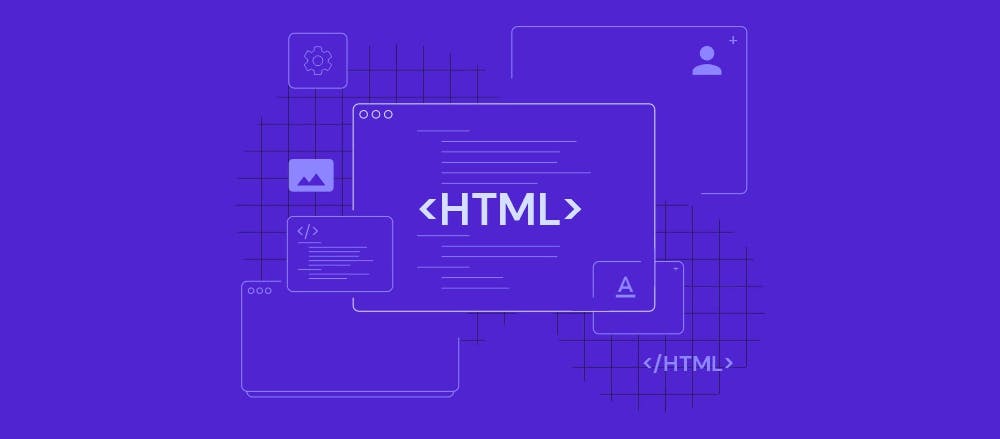Building Blocks of the Web: A Step-by-Step Guide to Mastering HTML

Understand the Basics: The first step to learning HTML is to understand the basics. Learn about the structure of HTML documents, including HTML tags, elements, attributes, and their syntax.
Learn Semantic HTML: Semantic HTML is a way to write HTML code that clearly communicates the meaning and purpose of the content to search engines and other software. Learn about semantic HTML tags such as
<header>,<nav>,<main>, and<footer>, and how to use them effectively.Learn CSS: CSS is a language used to style HTML documents. Learn about CSS syntax, selectors, properties, and values, and how to apply styles to HTML elements.
Learn HTML Forms: HTML forms are used to collect user input on web pages. Learn about HTML form elements such as
<input>,<select>,<textarea>, and how to use them to create forms.Learn HTML Tables: HTML tables are used to display tabular data on web pages. Learn about HTML table elements such as
<table>,<th>,<tr>, and<td>, and how to use them to create tables.Learn HTML5 APIs: HTML5 APIs are a set of JavaScript APIs that allow web developers to create powerful web applications. Learn about HTML5 APIs such as Geolocation, Local Storage, and Canvas, and how to use them to create interactive web applications.
Learn Accessibility: Accessibility is the practice of making web content available to people with disabilities. Learn about accessibility standards such as the Web Content Accessibility Guidelines (WCAG), and how to make your HTML documents accessible to all users.
Learn Responsive Design: Responsive design is the practice of creating web pages that can adapt to different screen sizes and devices. Learn about responsive design techniques such as media queries, flexible layouts, and responsive images.
Practice, Practice, Practice: The best way to learn HTML is to practice writing code. Create HTML documents from scratch, modify existing HTML documents, and experiment with different HTML elements and CSS styles.
By following this roadmap, you can learn HTML and become a skilled web developer.